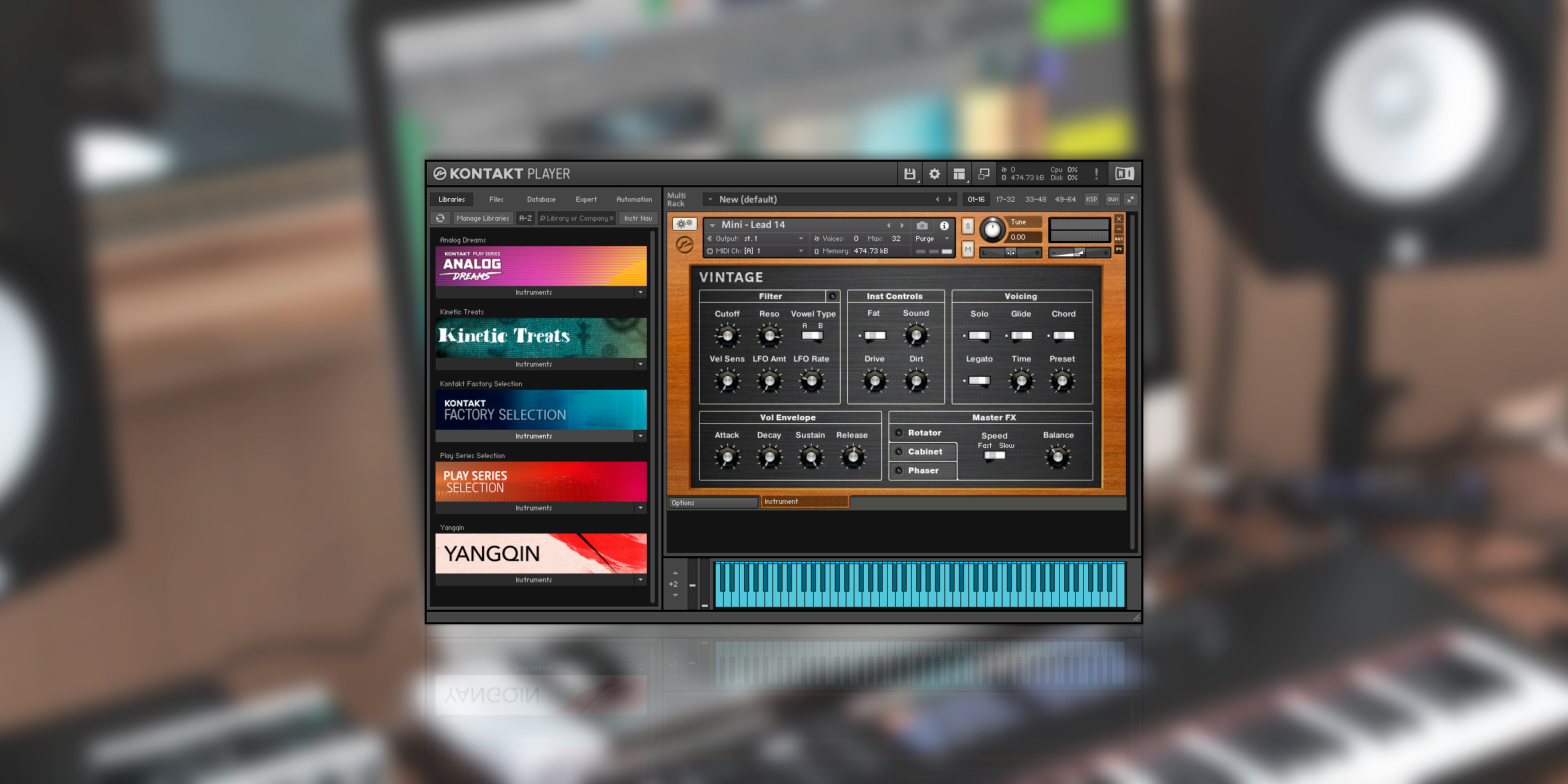


So these three pitches are middle C (MIDI 60) and then two detuned Ds above that, one 3.910c sharp and the other 9.911 cents sharp. The next two lines say that when MIDI key 62 is received, MIDI key 62 is played, but with a detuning of +9.911 cents.

Note 2: In the number 3910, the last 3 digits are assumed to be after a decimal point.) Numbers in this slot (%tune) can be from +50000 to -50000, so a tuning of +/- a half a semitone is possible. (Note 1: This is not a mistake – incoming Note 61 is indeed now routed to Note 62 to get the proper sampled key for the desired tuning. Line 3 says that when MIDI key 61 is received, MIDI key 62 is to be played in the Kontakt program, with a detuning of +3.910 cents. So the first two lines say that when middle C (MIDI 60) is received, MIDI 60 (middle C) will be played, with no detuning. The second line says that there will be 0 pitch detuning. This first line tells Kontakt that when MIDI note 60 is received, MIDI note 60 should be played in the Kontakt program. Here’s an excerpt from a Kontakt Tuning Script. This is a text file that tells Kontakt to play certain notes with certain amounts of detuning – generally no more than plus or minus 50 cents. Hopefully, this article will serve that purpose.įirst of all, microtuning in Kontakt is accomplished through the use of a Tuning Script. What has been needed, a group of my friends and I feel, is a very clear (idiot’s) guide to how do microtuning in Kontakt. Once you “get there,” it’s a very powerful and easy way to do microtuning, but alas, the documentation for how to do it is scattered around a number of sources. One of its powerful features is its ability to do microtuning – in a way that, depending on the programming of the sample set – usually doesn’t distort the timbre of the samples. Kontakt 5, and now Kontakt 6 – the full version – is a very feature-rich sampler. Hopefully this article will change that state of affairs. Microtuning in Kontakt is possible but how to do it is not well-documented.


 0 kommentar(er)
0 kommentar(er)
